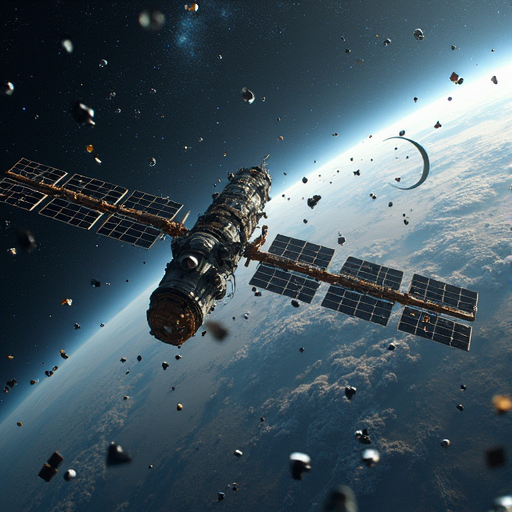
The Rising Menace of Space Debris
Space debris, often referred to as space junk, has become a pressing concern for satellite operators and space agencies worldwide. With over 40,000 tracked objects orbiting Earth, the risk of collisions and damage to active satellites and missions is escalating. The European Space Agency reports that smaller, untracked debris adds millions more to this hazardous cloud.
The Origins and Impact of Space Junk
Space debris originates from defunct satellites, spent rocket stages, and fragments from collisions or explosions. Even tiny paint flecks can cause significant damage, akin to sandblasting, to sensitive equipment like solar panels and telescopes. The International Space Station (ISS) relies on Whipple shielding and evasive maneuvers to avoid catastrophic collisions.
Cleanup Efforts and Innovations
In response, initiatives like the European Space Agency's ClearSpace-1 mission aim to remove large debris using robotic arms. Meanwhile, companies are designing satellites with built-in deorbiting mechanisms to reduce future clutter. The FAA has also begun regulating airspace closures to prevent collisions with falling debris, as seen after the SpaceX Starship Flight 7 incident in January 2025.
The Path Forward
Experts advocate for international cooperation to mitigate space debris, emphasizing the need for sustainable practices in satellite launches and operations. Without action, the growing debris field could render certain orbits unusable, jeopardizing global communication and scientific endeavors.
